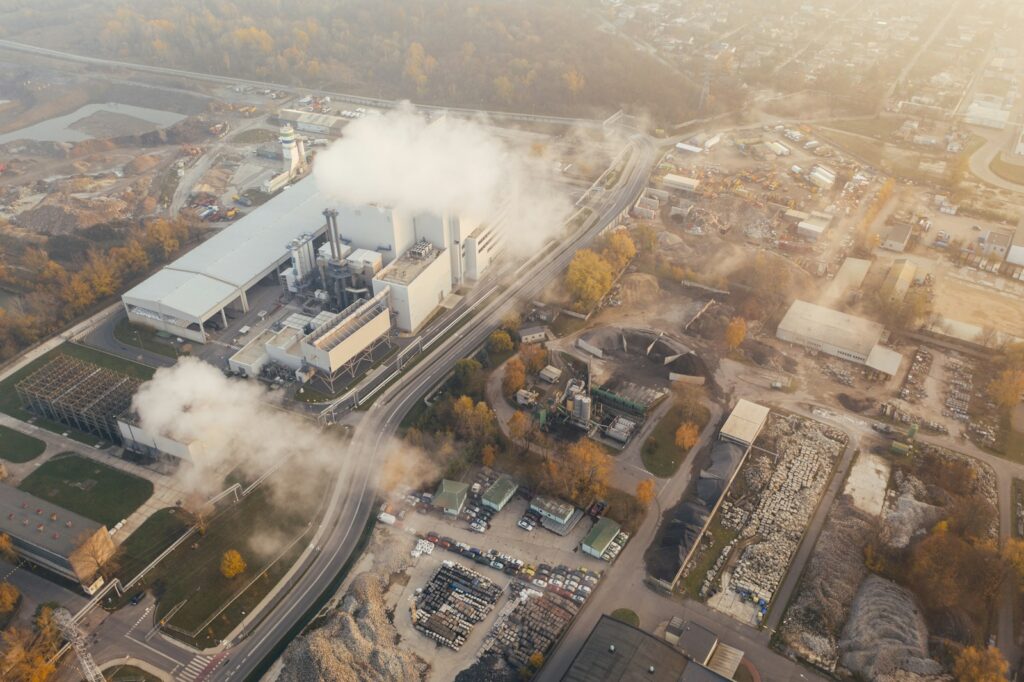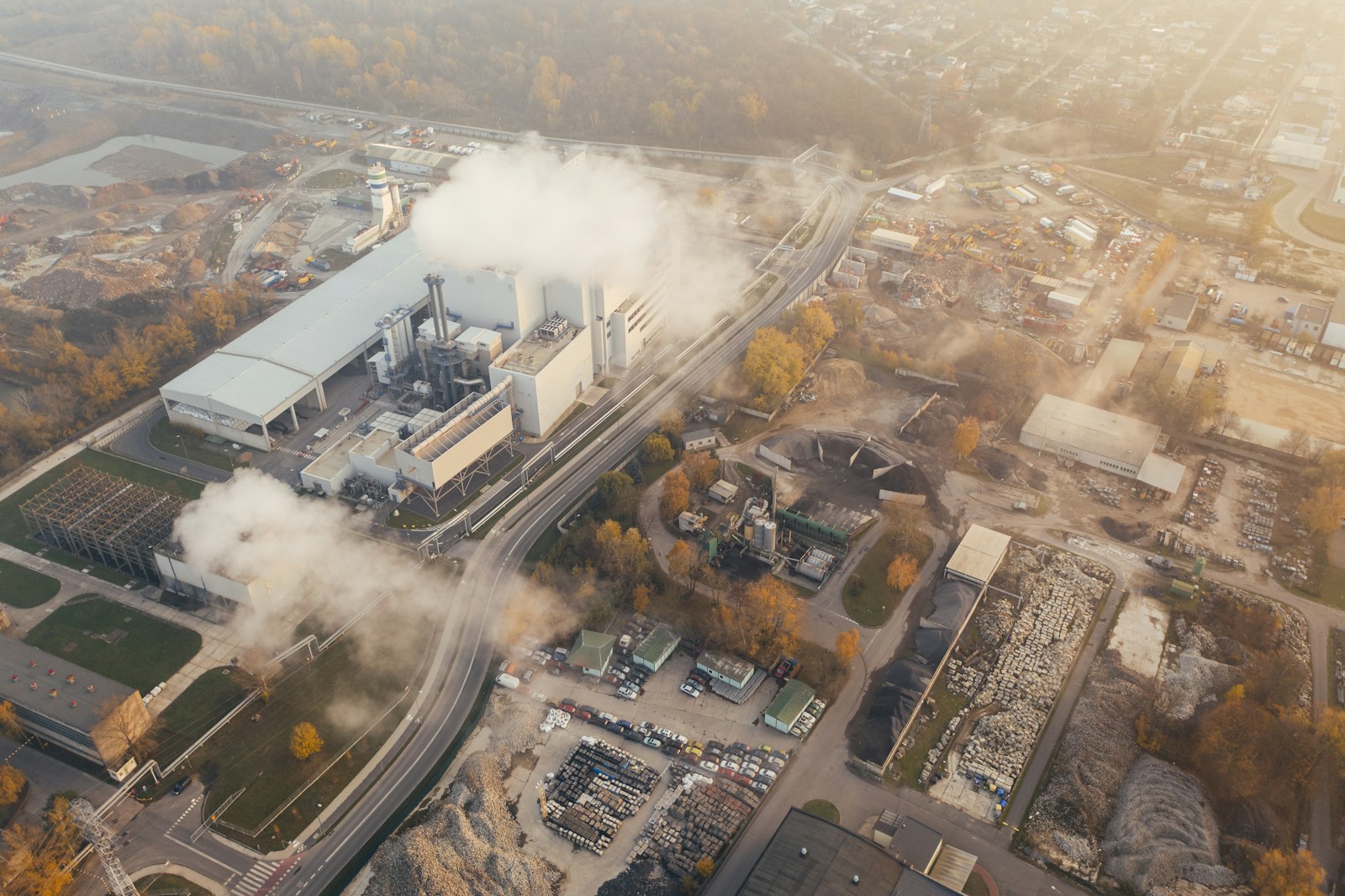In 2023, global energy-related CO2 emissions increased by 1.1%

In 2023, global energy-related CO2 emissions increased by 1.1%, adding 410 million tonnes (Mt) to reach a record high of 37.4 billion tonnes (Gt). This is slightly less than the increase of 490 Mt observed in 2022 (1.3%). Over 65% of the increase in 2023 was due to emissions from coal.
A significant factor contributing to the rise in emissions was a global shortfall in hydropower generation caused by droughts, which led to an increase in emissions by around 170 Mt. If not for this, emissions from the global electricity sector would have decreased in 2023.
From 2019 to 2023, total energy-related emissions increased by approximately 900 Mt. However, the deployment of five key clean energy technologies since 2019 – solar PV, wind, nuclear, heat pumps, and electric cars – prevented emissions growth from being three times larger.
Thanks to the increasing deployment of clean energy, emissions are experiencing a structural slowdown. In the decade leading up to 2023, global emissions grew at a rate slightly more than 0.5% per year, the slowest rate since the Great Depression.
In advanced economies, GDP grew by 1.7% while emissions fell by 4.5%, a record decline outside of a recessionary period. Emissions in these economies fell by 520 Mt in 2023, returning to levels seen fifty years ago.
The decline in advanced economy emissions in 2023 was driven by a combination of structural and cyclical factors, including strong renewables deployment, coal-to-gas switching in the United States, weaker industrial production in some countries, and milder weather.
In China, emissions grew by around 565 Mt in 2023, the largest increase globally. This continues China’s trend of emissions-intensive economic growth in the post-pandemic period. However, China also continued to lead global clean energy additions.
In India, strong GDP growth led to an increase in emissions by around 190 Mt. A weak monsoon season increased electricity demand and reduced hydro production, contributing to about a quarter of the total increase in India’s emissions in 2023.



